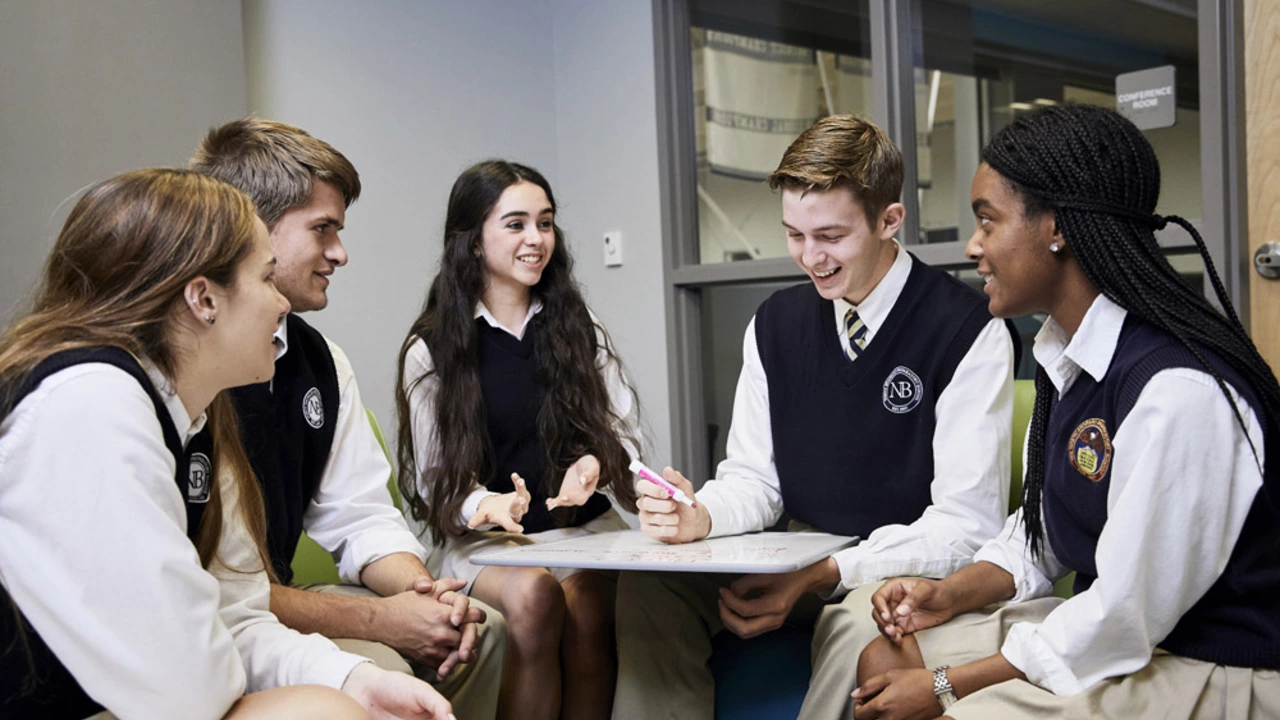Public Schools: What You Should Know Before Enrolling
Thinking about a public school for your child? You’re not alone. Millions of families choose public schools because they’re affordable, diverse, and often close to home. But affordability is just one piece of the puzzle. From how you pay for fees to the way tech is reshaping classrooms, there are many factors that can affect your decision.
Public schools follow state curricula, which means they meet basic academic standards. That gives you a reliable baseline for subjects like math, science, and language arts. At the same time, many schools now offer extra programs—art, coding clubs, sports—that can enrich the experience. The real question is whether the school’s environment matches your child’s learning style and future goals.
Financing Your Public School Education
Even though tuition is usually free, there are hidden costs: textbooks, uniforms, transport, and extracurricular fees. Some families turn to education loans, but those can carry high interest rates. A better route might be fee financing, which lets you spread payments over a few months without interest. Banks are also rolling out 0% interest loans for girls in some regions, so if you have a daughter, it’s worth checking those offers.
When you compare options, look at the total repayment amount, not just the monthly instalment. A low monthly payment can hide a long repayment period that ends up costing more. If you qualify for government subsidies or scholarships, take advantage of them—every dollar saved reduces future debt.
Tech and Modern Teaching in Public Schools
Technology is no longer a luxury in public schools; it’s becoming a necessity. Interactive whiteboards, learning apps, and online resources make lessons more engaging. Students can watch a science experiment video, then try a virtual lab at home. That kind of flexibility helps different learners stay on track.
Beyond gadgets, many schools are ditching the old “banking model” where teachers simply dump information. Project‑based learning, flipped classrooms, and personalized pathways let students apply knowledge to real‑world problems. If a school embraces these methods, your child is more likely to develop critical thinking and collaboration skills—exactly what employers look for today.
In sum, public schools offer a solid education foundation, but you still need to be proactive. Check how the school handles financing, see if they integrate technology, and ask about their teaching philosophy. A quick visit, a chat with teachers, and a look at recent student outcomes can give you a clear picture.
Remember, the right public school can set the stage for lifelong learning. Take the time to match your family’s needs with the school’s strengths, and you’ll feel confident about the choice you make.
Are private schools really that much better than public schools?
In my exploration of whether private schools outshine public schools, it's evident that the answer isn't black and white. Private schools often boast smaller class sizes and more individual attention, but public schools offer a diverse environment and typically have a broader range of programs. The quality of education really depends on the specific school, not just its private or public status. Ultimately, the choice between public and private education should be based on what fits a child's individual needs and family expectations. After all, a good education is about more than just the type of school attended.
View More